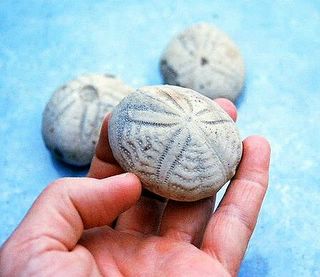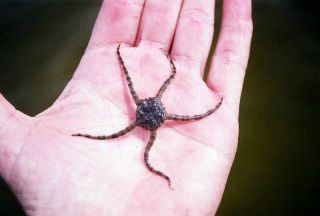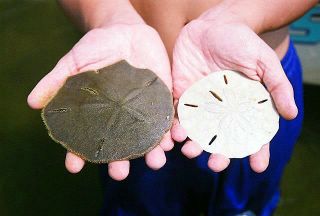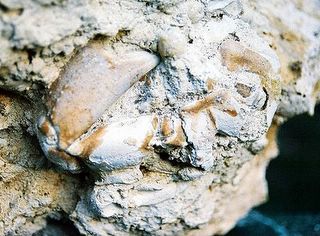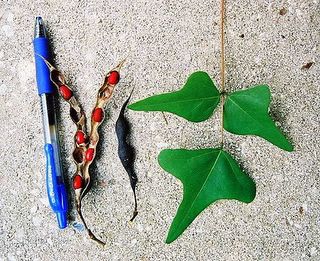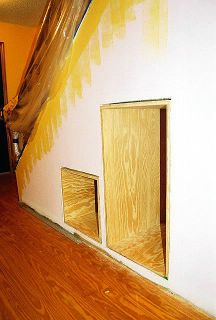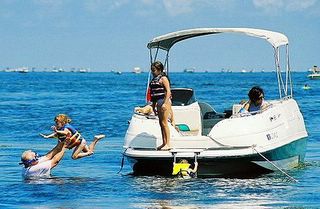 If I were stranded on a desert island
If I were stranded on a desert island and could only take one thing, the
castnet would be way up there on the list. It's probably the most efficient, portable food-catching device ever created.
If you're not familiar with castnets, picture a cone shaped net with weights at the large end. Running inside the cone of netting are small lines called "tucks" that connect to the weighted end. These tucks run through a ring called the "horn" at the small end and are attached to a rope. The rope is there to get the net back and to cause it to close.
When the net is thrown, it opens into a circle. As it descends, the weights carry it quickly to the bottom. When you pull the rope, the rope pulls the tucks which draw in the large weighted end of the net, effectively closing it. Does that make sense?
When I was a kid, cast nets were mostly made of nylon and mostly handmade by various fishermen as a side business. Today, monofilament is the chosen material and most castnets are partially machine made. They actually cost less today than they did back in the day and there is no denying mono is the better material. It sinks faster, lasts longer, and is harder for the fish to see it coming.
I got my first cast net when I was 9 years old. The man next door made nets and my Dad had him knit a tiny 3 foot castnet for me. Dad patiently taught me how to throw and I graduated from assistant to net caster. It's hard to describe how special that gift was to a kid of my saltwater pursuasion. I could load up my stingray bike with a bucket and that net and cruise down the street to the San Sebastion River for hours of fishin' bliss.
In that not so distant past, when Florida was not so full, and most Floridians really were Floridians, the castnet kept many people from going hungry. In the fall, vast schools of roe mullet would make migratory runs along the beach and almost everybody in town would hit the beach to cast a net and fill a cooler with fat, silvery mullet. These were usually smoked in homemade backyard smokers made from old refridgerators.
In the late summer (about now), the shrimp would run in the
St. Johns river and again everyone would pull out their castnets and spend the evening throwing and heading the sweetest shrimp ever spawned.
Earlier in the summer, we used our castnets to catch bait shrimp for pulling whiting, black drum, and redfish from the surf.
I have taught all my own children to toss a castnet. They can't imagine how good it feels for me to see them throw a perfect circle of net.That's Emma in the picture...if you look very close, she has caught one killifish.
Each year as part of my job, I get to teach 30-40 teenagers how to throw castnets correctly. I get a big kick out of these indoor dwelling,computer savvy, X-Box playing kids as they learn an ancient skill that could open up a whole new
real world for them. Times have changed though, none of the
boys I grew up with ever had to remove their earrings (risk of entanglement and ripped off ear) before casting a net.
Florida has changed too, but a castnet will still catch mullet, shrimp, or bait so I guess we aren't doing too bad.
